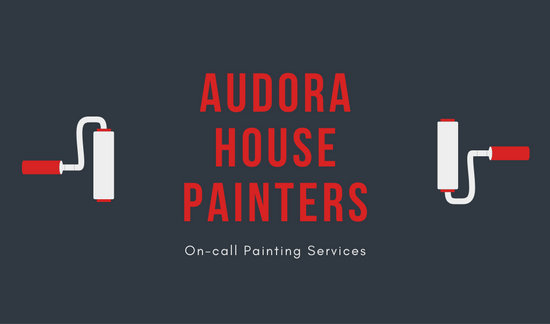Seasonal Factors To Consider For Industrial Exterior Paint: What You Required To Know
Seasonal Factors To Consider For Industrial Exterior Paint: What You Required To Know
Blog Article
Article By-Carlson Decker
When you're intending an industrial external painting project, seasonal elements can make or break your outcomes. You'll intend to consider exactly how temperature and moisture influence paint application and drying out times. Picking the best period can guarantee your paint sticks properly and lasts longer. But which front door painter are truly the most effective for this sort of work? Allow's explore the crucial elements that can impact your project's success.
The Effect of Temperature Level on Paint Application
When you're intending a business exterior paint task, the temperature can substantially impact exactly how well the paint adheres and dries.
Preferably, house painting hobart want to paint when temperature levels vary in between 50 ° F and 85 ° F. If it's as well cool, the paint might not heal correctly, resulting in problems like peeling or breaking.
On the other hand, if it's also hot, the paint can dry too promptly, avoiding correct bond and leading to an unequal surface.
You ought to likewise think about the time of day; early morning or late afternoon uses cooler temperature levels, which can be more favorable.
Constantly check the supplier's referrals for the details paint you're utilizing, as they usually supply assistance on the ideal temperature level array for optimal results.
Humidity and Its Impact on Drying Times
Temperature isn't the only environmental factor that influences your commercial exterior painting task; humidity plays a considerable duty as well. straight line painter can decrease drying times substantially, impacting the total top quality of your paint task.
When the air is saturated with wetness, the paint takes longer to cure, which can lead to concerns like bad attachment and a higher danger of mildew development. If you're painting on a specifically damp day, be planned for extensive delay times in between layers.
It's essential to keep an eye on local weather conditions and plan appropriately. Ideally, aim for moisture levels between 40% and 70% for ideal drying.
Keeping these consider mind guarantees your job remains on track and delivers a long lasting coating.
Best Seasons for Commercial Exterior Paint Projects
What's the most effective time of year for your commercial exterior painting projects?
Springtime and early fall are generally your best bets. During these seasons, temperatures are mild, and humidity degrees are frequently lower, producing suitable conditions for paint application and drying.
Avoid summertime's intense heat, which can trigger paint to completely dry also quickly, causing inadequate bond and surface. Likewise, winter's cold temperatures can prevent proper drying and curing, running the risk of the longevity of your paint job.
Go for days with temperature levels between 50 ° F and 85 ° F for optimal outcomes. Keep in mind to examine the neighborhood weather report for rain, as wet problems can wreck your task.
Preparation around these factors guarantees your painting task runs efficiently and lasts longer.
Verdict
To conclude, preparing your industrial external painting jobs around seasonal factors to consider can make a substantial distinction in the outcome. By organizing work throughout the optimal temperatures and moisture degrees, you'll make sure better bond and drying times. Remember to keep an eye on neighborhood weather report and pick the correct time of year-- spring and very early loss are your best options. Taking these steps will help you achieve a resilient and expert finish that lasts.
